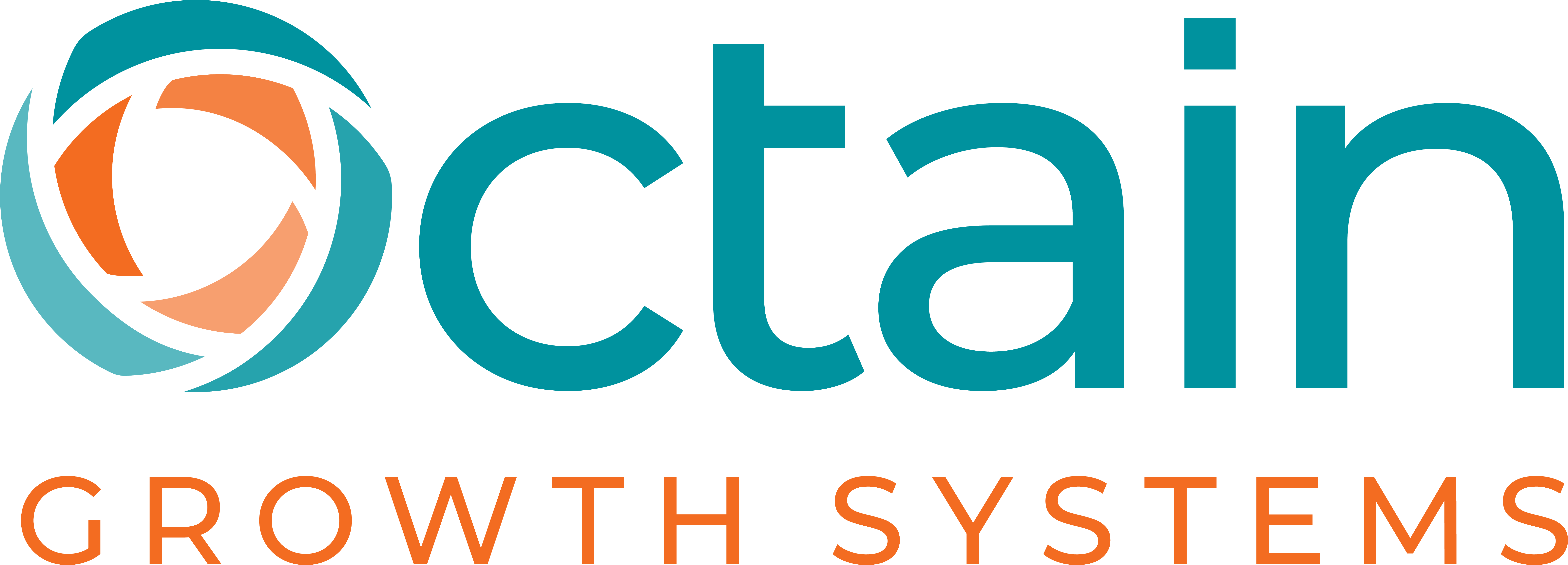Is your company growing or scaling? What’s the difference and why should you care?
We talk about business growth. We talk about scaling a company. Often interchangeably.
Same thing? Nope.
Growing a business comes from a single-minded pursuit of increasing revenues. Scaling a business involves achieving exponential growth without proportionately increasing costs, achieving economies of scale.
Growth for the sake of growth is a small business mantra that keeps you small. It typically means growing organically adding resources as you need them to handle market and customer demands.
Focus on growth and growth alone and your business likely never gets beyond $3M-$5M in revenue with just enough profits to make you and your executive team feel comfortable.
Scaling your business means building an organization that grows way beyond the founder/owner.
Scaling companies take on a life of their own. They make markets and lead the competition. They advance innovation. They can deliver a 5X to 10X ROI year after year. Scaling companies can earn a spot on the Inc. 5000 and eventually the Fortune 500.

How to Avoid the Growth Trap
The first step in building a scaling company is avoiding the growth trap mindset. That is a mindset that focuses on gradually expanding the customer base. The emphasis is on steady progress, risk management, and maintaining profitability.
By contrast, scaling a company requires a different mindset. It involves designing and implementing systems that allow for rapid growth without sacrificing efficiency or quality. Scalability relies on leveraging technology, automation, and economies of scale to drive exponential growth and capture new markets.
My client, Premier Packaging, a specialty packaging manufacturer, was known for solving unique packaging challenges. One great example was the boutique cupcake maker who was losing sales because every time she took her cupcakes to local farmers markets in the back of her truck, the cupcakes bounced around and the icing got on the lid and ruined her product. Who wants to eat their cupcake off a lid? Premier solved the problem by adding small pins to a standard package that held the cupcakes in placed while they traveled. An Innovative, creative solution!
Premier grew as a custom packaging manufacturer but not fast enough. The CEO wanted to scale to outrun a competitor. To scale Premier had to move beyond custom packaging and focus on a line of standard packages. Using the cupcake solution as an expansion strategy, Octain helped them with a product innovation strategy for that standardize their cupcake pin solution and reposition the company as the go-to manufacturer for wholesale bakery packaging. The result was a revenue increase of 183% over the next two years.
Six Steps to Scalable Growth
Here are six steps that will help your team achieve scalable growth.
- Market Expansion: Identifying new markets or customer segments to reach and expanding geographical reach.
- Product Diversification: Introducing new products or services to cater to different customer needs and preferences as we did with Premier.
- Operational Efficiency: Streamlining processes, automating tasks, and improving productivity to handle increased demand.
- Scalable Infrastructure: Building robust and flexible systems. Scalable businesses prioritize building flexible systems and processes that can handle increased demand and maintain consistency as the company grows.
- Talent Acquisition: Hiring and retaining skilled employees to meet the growing demands of the business.
- Customer Acquisition and Retention: Implementing effective marketing and customer retention strategies to attract and retain a larger customer base.
Invest in Marketing Operations
When a CEO or business owner focuses on scaling they typically look first to business and financial operations.
No problem – unless you stop there!
When you invest in business and financial operations and forget about marketing by continuing to do stuff like basic lead generation you simply won’t achieve the highest level of scalability.
When you skip marketing, you only address 3, 4, and 5 of the steps: operational efficiency, infrastructure and talent acquisition.
You’ll miss out on 1, 2 and 6: market expansion, product diversification and customer acquisition.
That’s half the battle!
Marketing operations makes the difference between growth and scalability because it focuses on delivering more efficient and effective marketing solutions, increasing profit margins and ROI not just revenue.
With marketing operations integrated into your organization you can create growth at scale.
Want to learn more about how to move from marketing activity to marketing operations? Book a call today.

